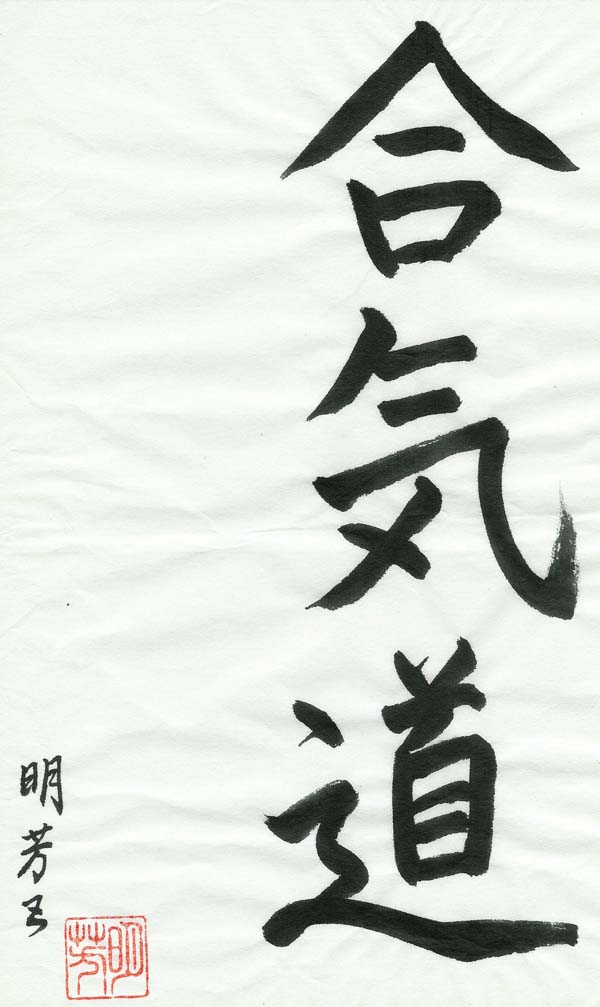Introduction
|
I started out with nothing and I still have most of it left. Anon. The standard spiel about Aikido being The Way of Harmony is not what this book is about. Sure, it is fine to harmonise with life, the universe, and everything, man, but to me, after many years of being led nowhere, it is time to return to the beginning and define Aikido for what it really is - The Way of Aiki. With such a definition, the path is set - but where are those to provide direction? The methods are, it seems, either secret, or unknown. Indeed, even those that appear to have something are usually unable to easily pass it on to even their most eager students. I have been meandering in the dark for too long and this book represents my attempt to come to terms with that to make some sense of this classical mess. I do not claim to have mastered anything at all; rather, to be completely honest, I feel as though I have simply started again. The Japanese art of Aikido is commonly referred to as The Way of Harmony. On closer analysis, the word is often split up into its constituent parts with the explanation that Ai translates as union, ki as energy, and do as path. In this text I prefer the idea of aiki as a single component that translates as the meeting and flow of liquid energy between training partners. Not easy to fathom from words alone, I trust that what follows will provide the keen student with enough ideas to come to a better understanding. The principle of aiki is what we seek. It is not that other arts do not have it, rather, Aikido names it, and aims to develop it. I have, on occasion, seen practitioners of other arts who appear to have it, yet do not know they have it, and as a consequence, have no means to easily pass it on. Therefore, it is apparent that aiki can be acquired with no knowledge through extensive practice. Further, what I have experienced is, if one has training in aiki, one will learn other arts more rapidly, meaning, many of the arts contain similar principles, even though they may not be specifically targeted in training.
|
|
|
Any martial art requires an
understanding of the value of co-ordination, space, and time. Co-ordination is
acquired by physically going through the motions with a partner. In doing this,
one becomes accustomed to both the concept of spatial distance, of where one is
in relation to one's partner and one's surroundings, and to the idea of time, or
rhythm. In martial arts, and especially in Aikido, people believe that by just
doing it for ten or twenty years they will somehow acquire 'it' and yet, they
are never quite sure just what that 'it' is. This cannot be right. I believe
that by thinking about what one is learning one can progress more efficiently.
Knowing what one needs to achieve will help determine the direction of study.
And knowing what one has achieved will determine if that direction was correct.
The person that needs to know this is the self. As a beginner one should seek
the best teachers but along the Way one must become an independent learner. It
is only in this way that one can ever out-evolve one's teacher, which should of
course, be the greatest compliment. To start the journey, seek a good club - opt
for the one with the best students.
|
|


